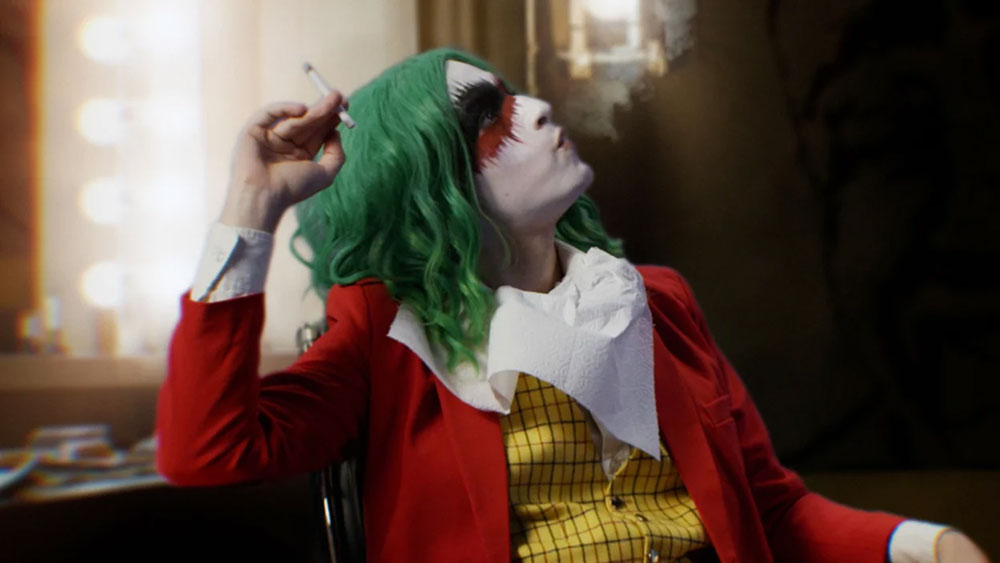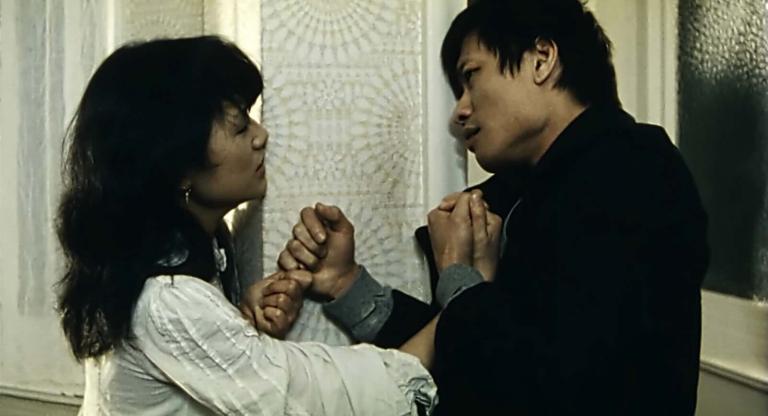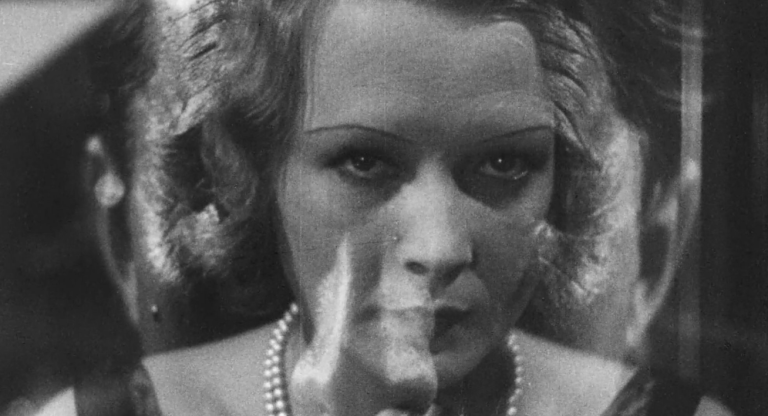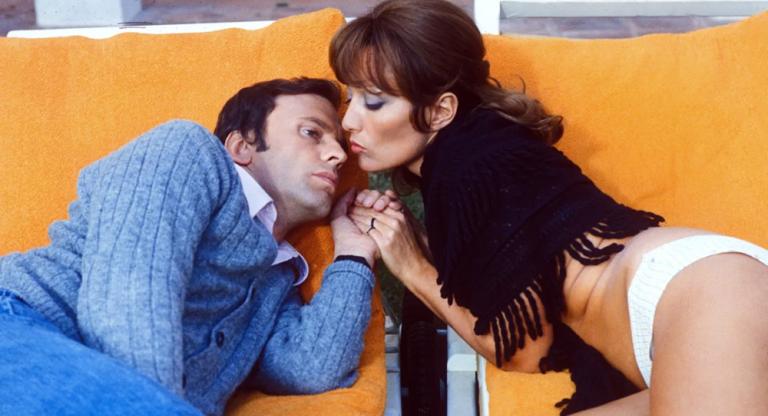For a long time, Vera Drew’s The People’s Joker (2024) was haunted by legal woes. While Drew never received a cease-and-desist, the film was pulled from TIFF in 2022 over “rights issues.” The specifics have been debated back-and-forth in the press, but surely DC Comics is not thrilled by her depiction of a trans Joker and a pedophilic Batman. Drew’s film references its own inception; it is a meta-commentary on the transmisogyny of the comedy world, copyright infringement, and the superhero genre writ large. The madcap adventures in the film ping-pong between scenes involving green screens, CGI, 2-D animation, and purple smoke—in addition to sketch comedy—as Drew charts the rise of Joker the Harlequin, a trans comic who “doesn’t do punchlines.” The film’s form will often switch after characters have sex, engage in a car chase, or take drugs, allowing it to transgress multiple boundaries of decency. No stunt is off limits when the animation kicks in, which features everything from T4T sex to Batman getting beat down by a league of super villain comedians.
In The People’s Joker, Joker the Harlequin learns about herself through an abusive T4T relationship and transitioning requires falling into a vat of estrogen. The film evokes Adult Swim with its slapstick cutaway jokes and ensemble cast, which features cameos by Maria Bamford as Lorne Michaels at the fascist UCB, David Liebe Hart as Ra's al Ghul, Tim & Eric as bit players, and Robert Wuhl in a post-credits scene that breaks the fourth wall by instrumentalizing the cash-grab app Cameo. Frequent jokes to horrible men “before all the nastiness” are made, as if to remind us of the toxicity of the male-dominated world. Cosby, Louis C. K., and more are all mentioned as examples of genius only for subsequent takedowns and barbs to undermine their authority. Nearly all of the men in Drew’s film are violent, abusive, or manipulative. Only the Penguin comes across as a “good man” because of his refusal to conform to the status quo and fall in line with UCB’s right-wing politics. Can comedians be good? Do we want them to be?
Ultimately, The People’s Joker is a film about selling out. Drew’s character is frequently confronted with the desire to be in a famous comedy troupe while running her own incendiary “Anti-comedy” club. The club ends up forming Drew’s home-away-from-home, riffing on a queer community cliché. “Look, this is a queer coming-of-age film and I needed a chosen family,” she quips. Joker the Harlequin’s childhood was a drug-induced haze after her mother took her to Arkham Asylum (essentially conversion therapy) and got her hooked on Smilex, a huff-and-puff drug that keeps her smiling. She’s glad she doesn’t remember her pre-transition time. Her early years are a dysphoric labyrinth, in which she was trying to understand her place in a world where all non-government sanctioned comedy is banned. Only by uniting with the Penguin, a nonbinary Poison Ivy, and a coterie of villains can she defeat Batman and break comedy free from UCB’s censored chokehold. While a deus ex machina sing-along with Mxy, a multi-dimensional god based on the DC character of the same, represents a strange choice to end the film, the surreal mix of jokes, friendship, and trauma that Drew explores through the Anti-comedy club is deliriously enjoyable. The People’s Joker is a fun satire with just enough heart to propel the film through its hour-and-a-half runtime. Unlike most bloated superhero movies, Drew doesn’t overstay her welcome.
The People’s Joker opens at IFC Center on April 5. The director will be in attendance for a series of post-screening Q&As.



